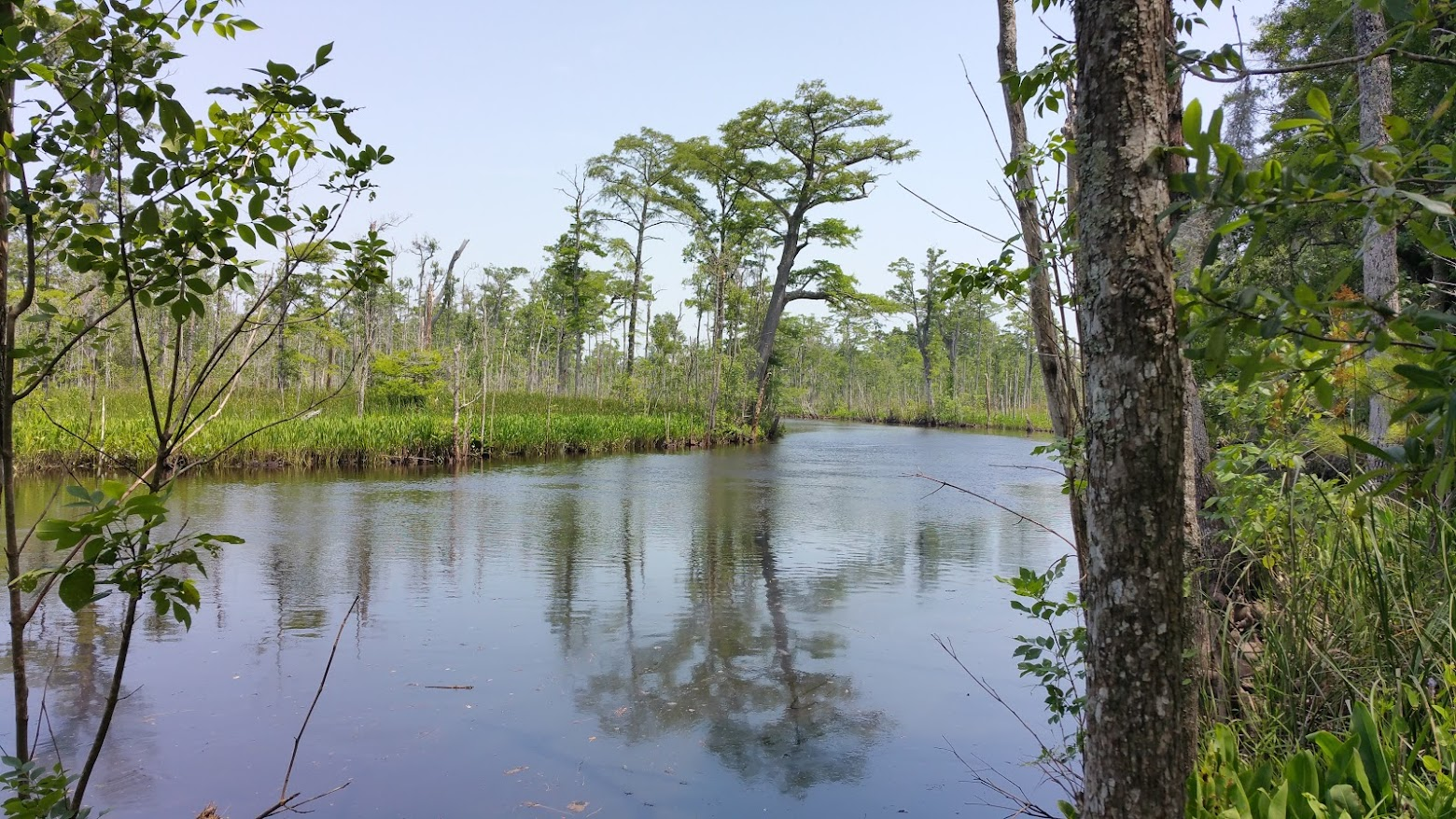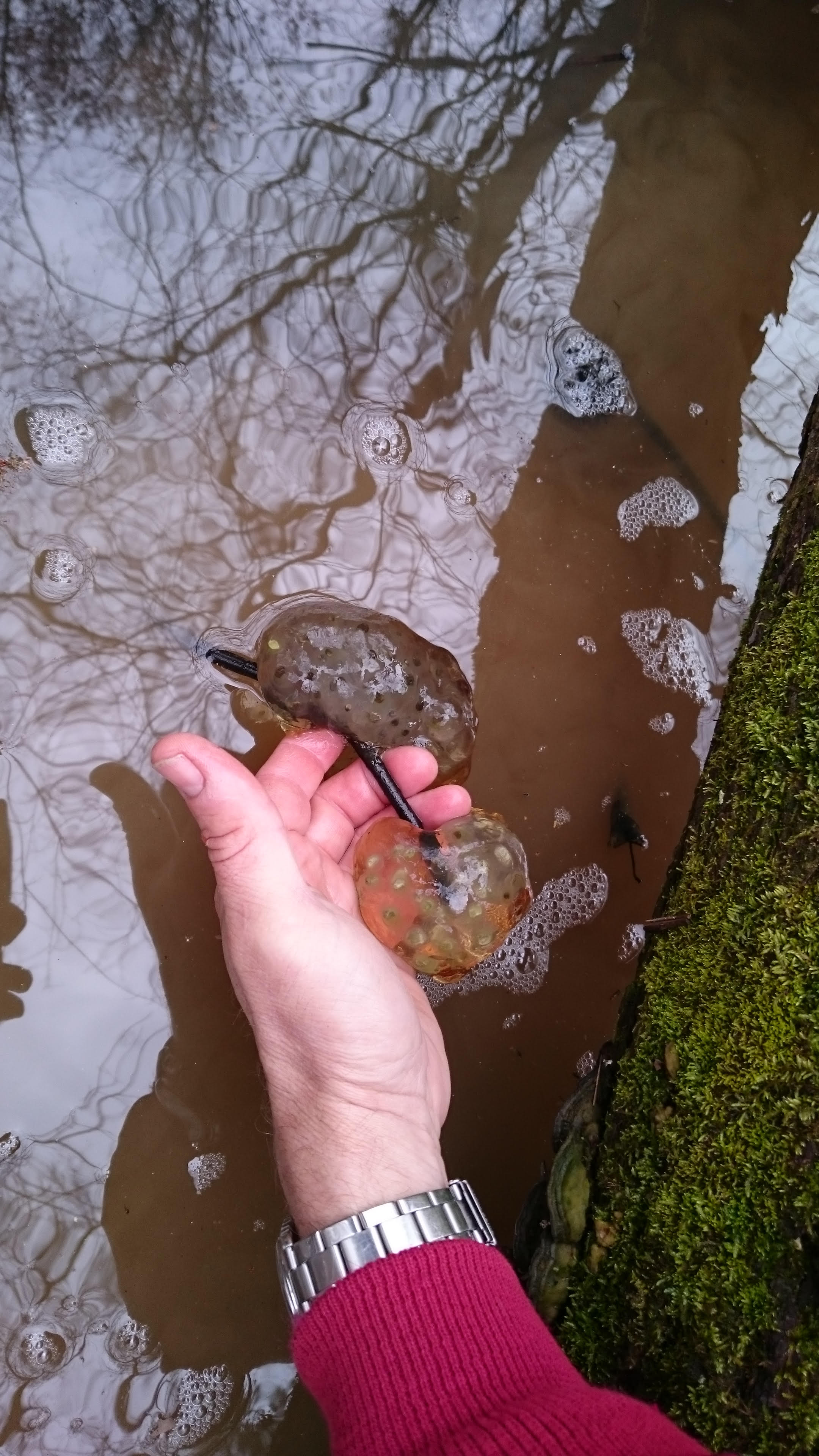Time for Some Wetlands Q and A
go.ncsu.edu/readext?1054744
en Español / em Português
El inglés es el idioma de control de esta página. En la medida en que haya algún conflicto entre la traducción al inglés y la traducción, el inglés prevalece.
Al hacer clic en el enlace de traducción se activa un servicio de traducción gratuito para convertir la página al español. Al igual que con cualquier traducción por Internet, la conversión no es sensible al contexto y puede que no traduzca el texto en su significado original. NC State Extension no garantiza la exactitud del texto traducido. Por favor, tenga en cuenta que algunas aplicaciones y/o servicios pueden no funcionar como se espera cuando se traducen.
Português
Inglês é o idioma de controle desta página. Na medida que haja algum conflito entre o texto original em Inglês e a tradução, o Inglês prevalece.
Ao clicar no link de tradução, um serviço gratuito de tradução será ativado para converter a página para o Português. Como em qualquer tradução pela internet, a conversão não é sensivel ao contexto e pode não ocorrer a tradução para o significado orginal. O serviço de Extensão da Carolina do Norte (NC State Extension) não garante a exatidão do texto traduzido. Por favor, observe que algumas funções ou serviços podem não funcionar como esperado após a tradução.
English
English is the controlling language of this page. To the extent there is any conflict between the English text and the translation, English controls.
Clicking on the translation link activates a free translation service to convert the page to Spanish. As with any Internet translation, the conversion is not context-sensitive and may not translate the text to its original meaning. NC State Extension does not guarantee the accuracy of the translated text. Please note that some applications and/or services may not function as expected when translated.
Collapse ▲ World Wetlands Day was on February 2nd. To commentate this day, Olivia Rogers, our departmental communication specialist, reached out to me with some great questions about wetlands. Below are my responses that hopefully you will find informative and useful.
World Wetlands Day was on February 2nd. To commentate this day, Olivia Rogers, our departmental communication specialist, reached out to me with some great questions about wetlands. Below are my responses that hopefully you will find informative and useful.
What are the most critical functions wetlands provide for biodiversity?
Wetland ecosystems are diverse, ranging from cypress swamps to tidal marshes, but they share a common characteristic; they are inundated or saturated with water over the course of the year. Plant and microbial communities have developed ways to thrive in these wet conditions that often have low oxygen. Herbaceous marsh plants have developed special ways to allow oxygen to flow through the stems to the roots, while wetland trees developed buttresses and pneumatophores to stabilize the trees and allow for enhanced oxygen flow. Microorganisms that live in wetland soil have developed alternative pathways for respiration, utilizing other chemicals such iron and nitrate-nitrogen in the absence of oxygen. Also, amphibians depend on wetlands during their life cycle. They require seasonally occurring shallow pools absent of fish to lay eggs. The unique hydrology in wetlands is what sets them apart from other ecosystems.
How do wetland ecosystems differ from other types of ecosystems, like forests or grasslands, in terms of carbon storage and water filtration?
It is the hydrology, or the seasonal wetness, that is the key to their success in carbon storage and water quality protection. Wetlands store carbon because they produce a lot of vegetation and microbial biomass. When this carbon-rich biomass dies back seasonally, it is deposited on the soil surface. Due to wet soils and low levels of oxygen, microbial decomposition is slow, allowing carbon to accumulate in the soil for long periods of time. In extreme cases, this carbon accumulation can be meters thick, in the case of peat. Researchers estimate that wetlands hold between 20–30% of the Earth’s total carbon, despite only covering about 5-8% of the total land surface.
Wetlands are so essential to water quality protection, they are regulated under the Clean Water Act because they protect the physical and biological integrity of surface waters. In certain landscape positions, wetlands can intercept surface runoff and shallow groundwater. When the water enters the wetland, the quality of the water is improved through physical and biological processes. Physically, water slows down in the wetland due to the roughness of the land surface and vegetation. Particles like sediment can drop out of suspension, clarifying the water, and if metals, pesticides, or fertilizers like phosphorus are also attached to the sediment, those pollutants can also get trapped in the wetlands (at least for awhile). Microbes and plants can also assimilate pollutants like excess nutrients and metals and store them in their biomass. The low-oxygen conditions in wetlands can also lead to unique microbial transformations of pollutants. One we have studied extensively is the process called denitrification. This process occurs when microbes use the pollutant nitrate-nitrogen (often found in farm runoff and as a by-product of small wastewater systems) in the place of oxygen during respiration. As nitrate-laden water enters the wetland, microbes transform it to nitrogen gas, effectively reducing that source of nitrogen before it discharges into local streams and rivers.
What are the major threats to wetland ecosystems today, and how can these be mitigated?
As our populations grow, the need for housing, roads and other development increases, placing pressure on wetlands. Land areas with wetlands can still be used for these purposes despite regulations. Often the effects of nearby development can be seen in wetlands, such as subtle changes in runoff patterns and drainage, leading to wetland degradation by making them too wet (too much open water) or too dry. Climate change threatens wetlands through the effects of sea-level rise and droughts. Sea-level rise at our coasts are turning freshwater forests into saltmarsh wetlands. Droughts can result in the loss of carbon in wetlands, releasing tons of carbon back into the atmosphere, especially when fires erupt. Several forested wetland areas in Northeastern North Carolina, like the Great Dismal Swamp, have accumulated deep stores of peat that have burned over the last few decades. This results in deep open water areas that will most certainly never revegetate. Modeling by our research team have shown that changes in precipitation patterns and increased temperatures may also result in a loss of wetlands as they become drier over the next 100 years.
What do you think are the most underrated benefits of preserving wetlands?
Two immediately come to mind. My team has spent a couple of decades focusing on water quality benefits of wetlands. Due to our studies and the changing climate conditions in North Carolina, I think the benefits that most citizens should embrace are the water storage and flood reducing ability of many wetlands. If you think about it, it is pretty hard to build or farm on wetlands. This is because they are wet. Most of the time they are wet because wetlands are often located in lower landscape positions or floodplains, where water collects when rivers or streams overflow their banks. We should avoid these wet areas when developing because they will likely remain susceptible to flooding. Protecting wetlands in many areas, particularly in flood plains, can ensure the natural ability of these areas to store waters and reduce the magnitude of downstream flooding.
Second, North Carolina is known for its diversity of amphibians, which is primarily because of its wetlands. I was so focused on water quality for the first 15 years of my career, I largely ignored how important wetlands were to amphibian habitat. About 10 years ago, I went out with an amphibian expert and observed mounds of spotted salamander and leopard frog eggs in seasonal wetland pools within isolated wetlands. Based on that experience and continued observations, I have since come to appreciate the importance of wetlands to amphibian numbers and diversity. If these wetlands are destroyed, we risk losing the habitats of many amphibian species, which could devastate their populations.
Figure 1. Amphibian egg masses in a seasonal wetland pool
What advancements in wetland science or technology do you think will shape the future of wetland conservation?
Three areas come to mind. First, improved mapping of wetland locations is essential. While the technology to remotely identify wetlands continues to improve, many opportunities remain to refine these maps. Canopy cover and difficulty in assessing the wetness of these areas remain a challenge. Sometimes open water areas can also be misidentified as wetlands. An increased effort in sensor improvement and ground truthing will be key to improve the identification of key wetland areas for protection, restoration or enhancement to maximize the important ecosystem services they provide.
The second area is improving the methods for estimating carbon storage in wetlands. Net storage is basically calculated by measuring carbon in minus carbon out (which includes the carbon equivalents of greenhouse gases lost from wetlands such as methane and nitrous oxides controlled by soil microorganisms). The ability of wetlands to store carbon is a function of fluctuating conditions such as biomass production, climate, hydrology and season. Measuring yearly soil carbon additions, soil carbon losses, and greenhouse gas losses remains difficult, and connecting these measurements to environmental conditions to create accurate predictive models remains a challenge.
Finally, our watersheds face many emerging contaminants. Pesticides, pharmaceuticals and forever chemicals, like PFAS, routinely find their way into our surface waters. When wetlands intercept waters with these chemicals, the probability that the chemicals become trapped in soils and plants, or might degrade through UV irradiation from the sun or microbial activity, increases. Measuring treatment and understanding these potential treatment mechanisms within wetlands could lead to more strategic protection and targeted restoration of wetlands to intercept these chemicals and improve overall watershed health.



